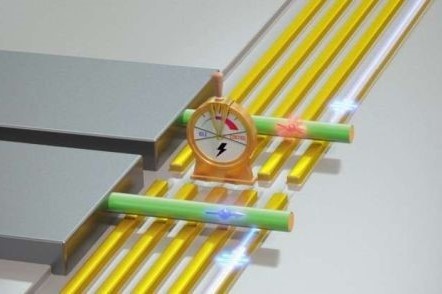We remind our readers that the main "standard" block of a quantum computer is a quantum bit, a qubit that can simultaneously store and process the quantum information contained in it. However, due to the harmful influence of a number of environmental factors and a host of other reasons, qubits can lose the fragile state of superposition - the information recorded in them and the ability to perform quantum logical operations. The solution to this problem can be a new type of qubits, developed and tested by scientists from the University of Basel (University of Basel) and the Technical University of Eindhoven (TU Eindhoven). And the main difference between the new qubits and the traditional ones is the ability to switch them electrically from the "slow", but stable, storage mode to the mode of conducting fast calculations.
From all of the above, it becomes clear that the new qubit is able to work in two modes. The first mode is its "slow" state, which provides the qubit with greater stability and is ideal for long-term storage of information. But if an electric potential of a certain value is applied to a qubit, it switches to a faster, but less stable mode, in which it is able to process information very quickly.
At the heart of the new type of qubits is a phenomenon that has never been used for such purposes. The core of a qubit is a so-called rotating electron hole, which is formed by removing an electron from the crystal lattice of a semiconductor material. In this case, the resulting electron hole rotates in one of two possible directions, but, like any quantum object, it can also be in a state of superposition. The direction of rotation of the electron hole can be set using photons of light with a frequency equal to or a multiple of the resonant frequency of the hole itself.
Using a high-speed electronic key, the researchers were able to implement the technology of high-speed control of new "rotating" qubits.
Structurally, the new qubits are made of silicon and germanium nanowires, shown in gray and green in the image. Electrical control of the state of the qubit is performed using gold nanowires that have the corresponding color in the image. The diameters of any nanowires of the new qubit do not exceed 20 nanometers, and the very small size of the qubit will allow in the future to place millions or even billions of such devices on a single chip.

